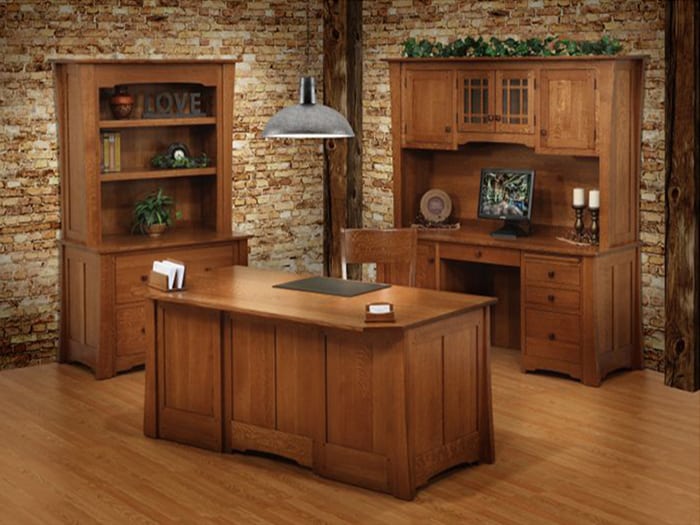Wood Furniture
It is important to understand what kind of wood furniture you have so that we can properly clean the furniture without damaging it. Most commercially manufactured furniture made since the 1930s is finished with clear lacquer. Clear lacquer is hard, durable, and flexible coating that is scratch-resistant and impervious to most household cleaners and spills. Furniture coated with lacquer does not need to be waxed.
Vintage Wood
Vintage and antique pieces, which are often finished with varnish, oil, or shellac, all of which are less durable than clear lacquer, benefit from a yearly coat of paste wax. This protective coating, which will not darken or harden over time. It not only lends furniture a warm glow but also forms a sleek barrier between the finish, applied by the original furniture maker or restorer to seal the raw wood, and abusive elements. According to some conservators, it’s best to avoid cream or liquid furniture waxes (sometimes call polishes). Although they are easier to apply, they sometimes contain unnecessary ingredients that can damage finishes.

A picture of freshly clean wood furniture
Custom Furniture and the Care
To dive straight in, a precise analogy for your table would be your car’s hood. You surely wouldn’t drag an unfinished plate, vase, or box across the hood of your car, would you? Although the finishes on cars, similar to our tables, are designed to endure regular use, they are not meant to resist negligent behavior. This evokes the question – what’s the function of a finish or a topcoat? Why do we apply it?
-
For the wood: the finish protects against damage such as staining, seals wood from moisture, and prevents the need for re-oiling.
-
For the customer: the finish protects against bacteria, heat, chemicals, and makes for ease of use and cleanup.
Another factor to keep in mind is that when scratching or scuffing occurs it is not the wood that is being scratched, but rather the finish. Which in reality means the finish is doing its job, protecting the wood. If you have a table finished in satin and drag a heavy item across it, it will in turn dull the finish. In contrast, a flat finish will then become shinier due to that fact that both finishes have, in a sense, been “buffed.”
.png)